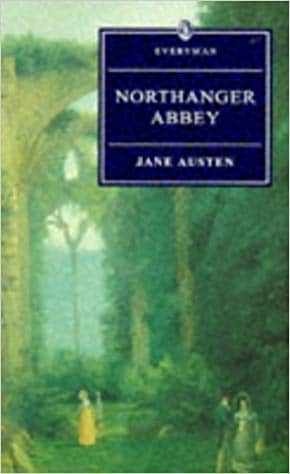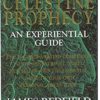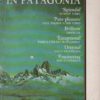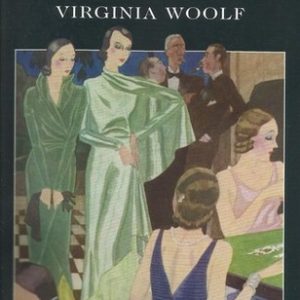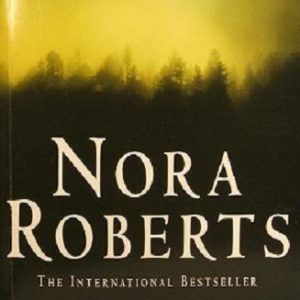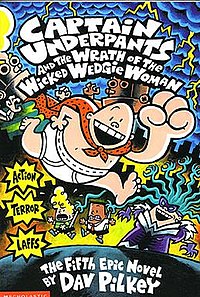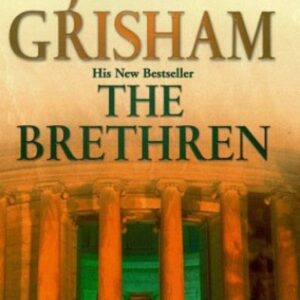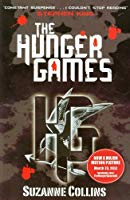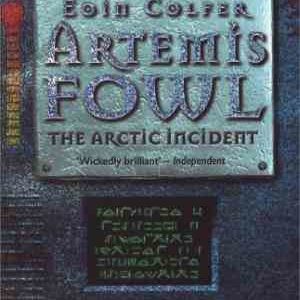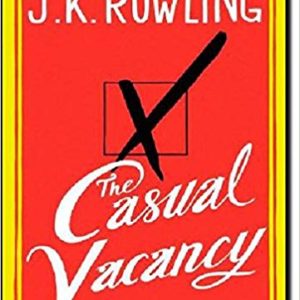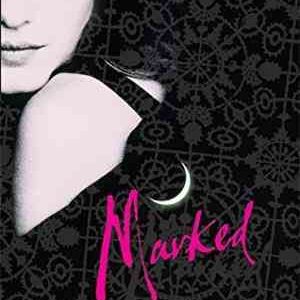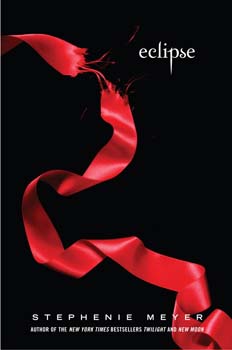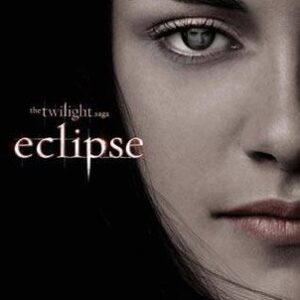Northanger Abbey (English, Paperback, Jane Austen)
Rs.299.00 Rs.149.00
Auther- Jane Austen, ISBN- 9780460874342, Condition- Old
Out of stock
Though Northanger Abbey is one of Jane Austen’s earliest novels, it was not published until after her death–well after she’d established her reputation with works such as Pride and Prejudice, Emma, and Sense and Sensibility. Of all her novels, this one is the most explicitly literary in that it is primarily concerned with books and with readers. In it, Austen skewers the novelistic excesses of her day made popular in such 18th-century Gothic potboilers as Ann Radcliffe’s The Mysteries of Udolpho. Decrepit castles, locked rooms, mysterious chests, cryptic notes, and tyrannical fathers all figure into Northanger Abbey, but with a decidedly satirical twist. Consider Austen’s introduction of her heroine: we are told on the very first page that “no one who had ever seen Catherine Morland in her infancy, would have supposed her born to be an heroine.” The author goes on to explain that Miss Morland’s father is a clergyman with “a considerable independence, besides two good livings–and he was not in the least addicted to locking up his daughters.” Furthermore, her mother does not die giving birth to her, and Catherine herself, far from engaging in “the more heroic enjoyments of infancy, nursing a dormouse, feeding a canary-bird, or watering a rose-bush” vastly prefers playing cricket with her brothers to any girlish pastimes.
L48
Reviews
There are no reviews yet.
Only logged in customers who have purchased this product may leave a review.
Related products
Classics Book Store
Almost New Books
Almost New Books
It’s Not About The Bike (English, Paperback, Lance Armstrong)
Almost New Books
Captain Underpants and the Wrath of the Wicked Wedgie Woman (English, Paperback, Dav Pilkey)
Almost New Books
Almost New Books
Almost New Books
299 and Above

